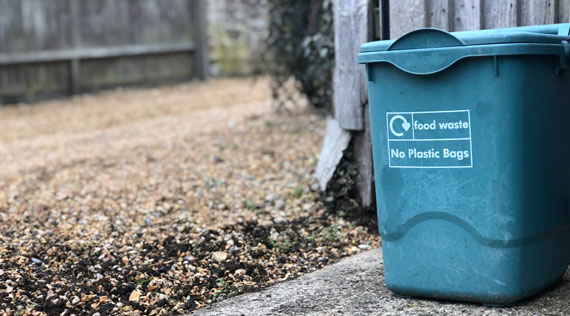The Environmental Protection Agency (EPA) on Monday issued the final draft of its first “National Recycling Strategy,” aiming to achieve a 50 percent nationwide recycling rate by 2030.
The program, first announced nearly a year ago, takes aim at the greenhouse gas emissions generated by production, use and disposal of certain materials.
The United Nations Environment Program’s (UNEP) International Resource Panel has estimated such activity comprises about half of all greenhouse gas emissions. Most plastics are created using fossil fuels, and UNEP projects about 300 million metric tons of plastic waste are generated a year.
The strategy has five key objectives: improving markets for recycled goods; increasing collection of recyclables and improving collection and recycling infrastructure; reducing contamination in the recycling supply chain; enhanced federal recycling coordination; and improved data collection and standardized definitions for the recycling process.
EPA Administrator Michael Regan, who has frequently emphasized the agency’s role in reducing harms to vulnerable communities, said the strategy will also seek to address the burden that proximity to waste creates for those communities.
“As we move forward with this strategy, EPA is committed to ensuring that historically underserved and overburdened communities share in the benefits that our work will deliver,” Regan said in a statement. “Together with the historic investments in recycling from the Bipartisan Infrastructure Deal, the strategy will help transform recycling and solid waste management across the country while creating jobs and strengthening our economy.”
In December, Sen. Tom Carper (D-Del.), chair of the Senate Environment and Public Works Committee, criticized the first draft of the plan as “largely a woefully inadequate and unimaginative approach to addressing our country’s wide-ranging and complex recycling problems.”
“It would be a wasted opportunity for EPA to press forward without addressing some of the serious flaws in this proposed strategy,” Carper added.
In a Monday statement to The Washington Post, Carper said, “I’m glad that the Biden administration is taking steps to seize this opportunity by launching the EPA’s first-ever national recycling strategy.”
The Hill has reached out to Carper’s office for comment on whether the final draft released Monday specifically addresses his concerns about the earlier version.
In a statement Monday, the American Chemistry Council praised the plan as broadly aligned with industry objectives.
“There is significant alignment in what America’s Plastic Makers are calling for in our 5 Actions for Sustainable Change and what EPA has laid out in its National Recycling Strategy," said Joshua Baca, the group’s vice president of plastics. "This is particularly evident in the Strategy’s support of increasing domestic markets for recycled material, creating national recycling standards to reduce contamination and measure results more effectively, and enhancing recycling infrastructure."

